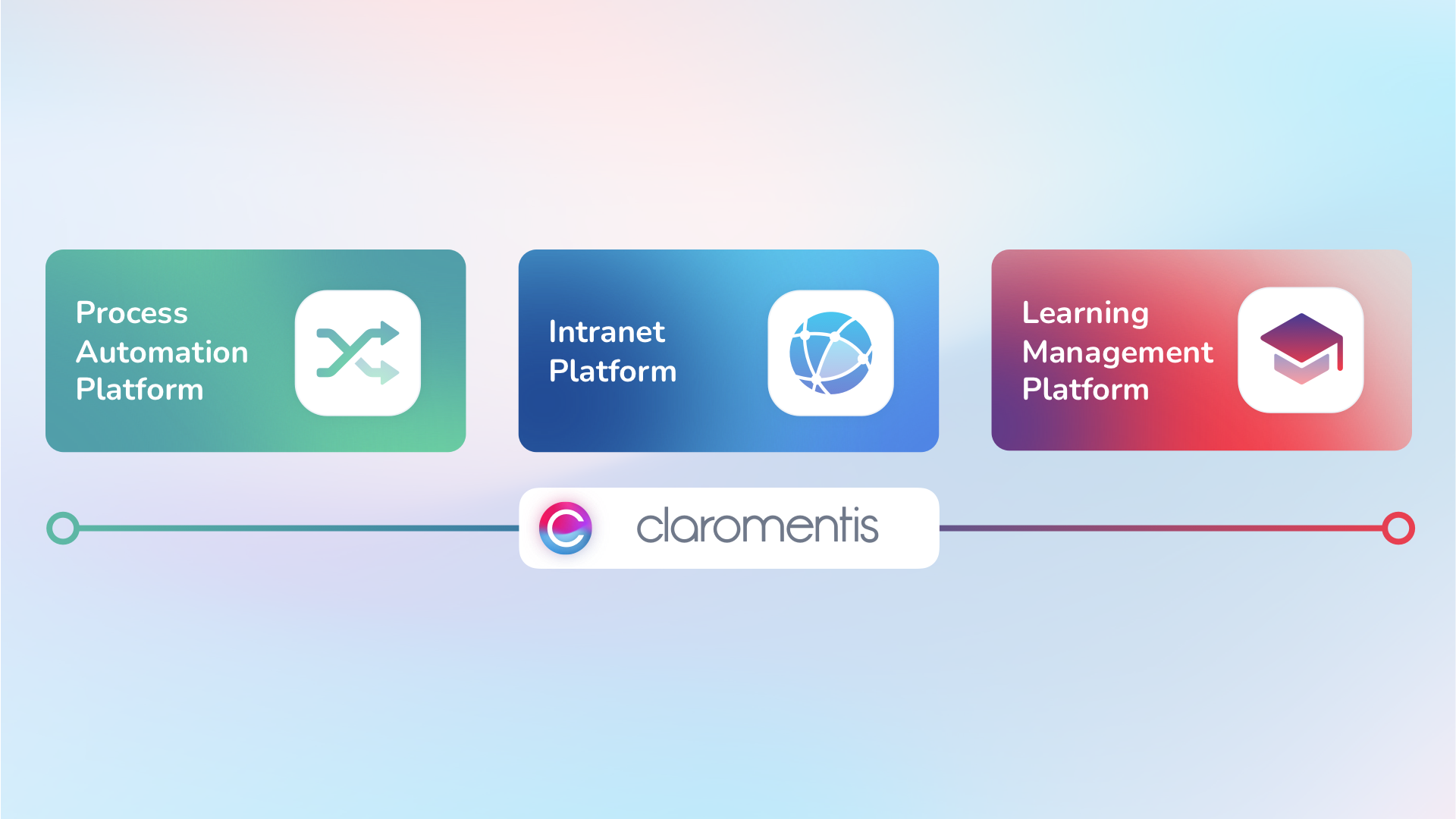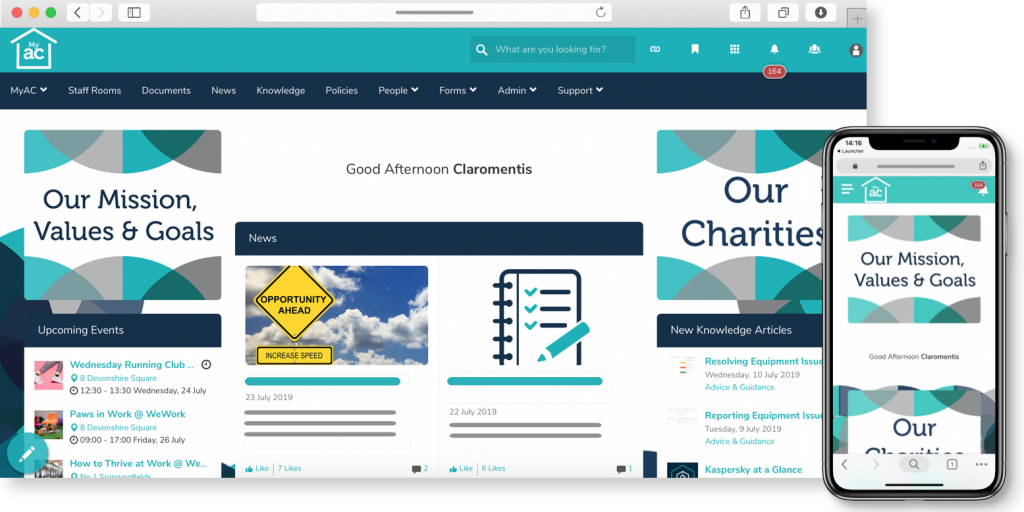The recruitment process can be a challenging task. Half of all new hires are considered a failure within 18 months of joining a new company. There are several reasons for this, including the candidate being a bad fit for the company culture or improper onboarding processes.
But that’s not all. The cost of a bad hire can be high; up to a year and half of the employee’s annual salary. This includes the cost of their recruitment, lost productivity and correcting mistakes made by the new employee. This can be even more expensive if your business recruits a lot of people in the course of a year. Reducing these costs can make a significant difference to your business’ profits.
However, this can be overcome with the implementation of several tools found in the digital workplace, such as recruitment-specific and e-learning software for HR and hiring managers. Here are some of the ways it can help:
4 ways a digital workplace solution can help your digital recruitment process
1. It can make the candidate experience better
Candidates expect to be treated the same as a company would treat their customers. They also want to see companies use the latest technology across their business, including during the recruitment process.
As an example, most would prefer to apply for positions via their mobile devices, as it’s more convenient and more time is now spent online via mobile. This could be done via a recruitment portal in the company’s own website.
While very few companies are yet utilising mobile technology for talent acquisition, those that do find that candidate quality is increased by 70%. Therefore, fewer hires fail.
Candidates who have had a better hiring experience will be more motivated when they start their new position. This results in longer-term employees and fewer recruitment needs for the organisation.
2. Improve data in the pre-employment selection processes
Surveys have found that most candidates’ hard and soft skills are assessed only after they’ve been hired. This is too late for businesses to prevent bad hires from entering the company and causing disruption to the rest of the organisation. Even the third of companies that do evaluate candidates while interviewing are unnecessarily increasing costs.
As the recruitment and hiring process becomes more complex you need to be more proactive. To help you select the right candidate for your business, start evaluating candidates using quantitative and qualitative data prior to the interview stage.
Quantitative data might be results and statistics extracted from aptitude tests, while qualitative data could include phrases the candidate uses. These will demonstrate certain values the potential employee holds and you can then assess whether these match your brand’s.
Recruitment-specific software can be deployed so HR, hiring managers and others concerned can assess the skills, talents and motivations of candidates early when the software highlights the density of key phrases and skills mentioned in CVs and covering letters.
These can be matched against those of current employees as well as the desires of hiring managers to see if the candidate is a good fit for the current company culture and needs of the job. Any concerns or notes can then be shared among those involved in the recruitment process.
3. Better onboarding processes
Poor onboarding is one of the main reasons why new hires don’t work out. If you don’t get the employee off on the right foot, you’ll never be successful. This is where the digital workplace can become really useful in the hiring process.
Onboarding can be started before the new hire’s first day. They can be given e-learning tasks to do at home in their own time via your company’s intranet software. This allows them to learn important aspects of your business such as policies, procedures and other information in a single location, that would otherwise be given at an induction day or similar event.

In addition, you can offer training on your unique software or computing system through e-learning so the candidate is familiar with it before they’ve even joined your firm. This can be great for onboarding a remote employee with access to a company laptop at home.
But what the onboarding software can really offer you is the chance to collect information from the candidate that takes up valuable time on their first day. For instance, you can collect salary payment details, emergency contact and tax information.
Better onboarding can improve employee retention, especially in the early stages of their employment. In addition, it frees up time on their first day to introduce them to the rest of the team so they can start networking.
4. The digital workplace can spot hiring trends
There are numerous ways data can be useful in your recruitment process. For one, it can start to recognise patterns in your recruitment process to help you make better-informed decisions.
For instance, are you putting too much emphasis on the skills they need yet finding those with certain skills aren’t staying in the business? Or is one position never finding a long-term employee?
In big businesses, these questions should be asked, but it’s hard to analyse the data if there are a lot of recruitment projects going on concurrently. Recruitment software can help HR teams analyse data better to spot these hiring concerns early such as departments with low staff retention. Then hiring managers, HR and others can develop ideas to improve results.
It might be that you will need to change the tasks of the job or what you’re looking for in the candidate. But with enough data, you can spot specific trends and develop solutions.
The digital workplace in your business’ recruitment process
If you’re not yet utilising the benefits of the recruitment software in your business’ recruitment, then you might be spending unnecessarily on recruiting (and re-recruiting) bad hires. Technology enables businesses to enhance their recruitment process so all those involved have a better experience and you can find the right employees for your business.

Boost engagement
Learn how to boost engagement across your entire business with our free guide
Download guide


